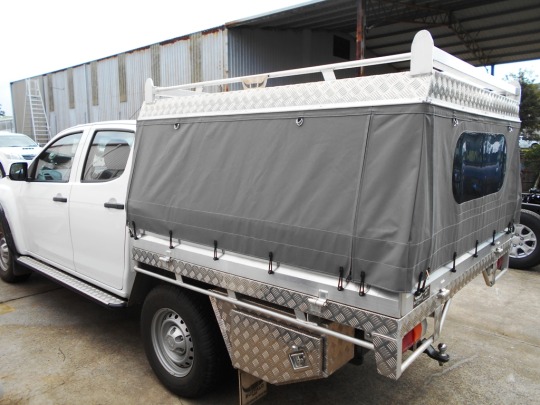Text
0 notes
Text
Title: Automotive Manufacturing: Unveiling the Processes and Technologies Behind Automobile Production
Introduction
The automotive industry is a complex ecosystem where the production of automobiles involves intricate processes and cutting-edge technologies. From initial design concepts to final assembly, automotive manufacturing encompasses a multitude of stages that require precision, efficiency, and advanced machinery. In this article, we delve into the world of Ute Trays automotive manufacturing, exploring the processes and technologies involved in bringing automobiles to life.
Design and Engineering
The first step in automotive manufacturing is the design and engineering phase. Designers, engineers, and stylists work collaboratively to create innovative and visually appealing vehicle concepts. Advanced computer-aided design (CAD) software and virtual reality (VR) tools facilitate the development and visualization of vehicle prototypes, allowing for rapid iteration and refinement. This stage also involves extensive research, materials selection, and testing to ensure the vehicle meets safety, performance, and regulatory requirements.

Prototyping and Tooling
Once the design is finalized, the next phase involves creating physical prototypes and tooling. Prototypes are built to evaluate the functionality, fit, and finish of the vehicle components. These prototypes serve as a basis for testing and validation before mass production. Tooling, which includes molds, dies, and fixtures, is developed to manufacture the various parts of the vehicle efficiently. Computer-aided manufacturing (CAM) technologies are utilized to program and control the machinery responsible for creating these tooling components.
Stamping and Body Construction
One of the key processes in automotive manufacturing is stamping, which involves shaping sheet metal into various body panels and structural components. Large stamping presses apply force to metal sheets, forming them into desired shapes. Computer numerical control (CNC) machines precisely cut and shape the stamped parts. Subsequently, these parts are joined using welding, adhesive bonding, or other joining techniques to construct the vehicle's body.
Powertrain Assembly
The powertrain assembly is a crucial step in automotive manufacturing, encompassing the production of engines, transmissions, and related components. Engine assembly lines involve intricate processes such as block machining, cylinder head assembly, piston installation, and valve train assembly. Advanced robotic systems assist in precision machining and ensure accurate and consistent assembly. Similarly, transmission assembly lines utilize automated processes to build and test transmissions with precision.
Paint and Finishing
The paint and finishing process not only provides vehicles with an attractive appearance but also protects them from environmental factors. Automotive painting involves multiple stages, including surface preparation, priming, base coat application, and clear coat sealing. Robotic systems equipped with advanced paint application techniques ensure uniformity and precise layering, while automated drying systems facilitate quick curing. Finishing touches, such as trim installation, interior assembly, and quality inspections, are carried out to complete the manufacturing process.
Final Assembly and Quality Control
The final assembly stage brings together all the manufactured components to build the complete vehicle. Assembly lines consist of stations where skilled workers, along with robots and automated systems, install the various parts, including the body, powertrain, electrical systems, and interior components. Quality control checks are performed at each stage of assembly to identify and rectify any defects or issues. Advanced technologies, such as computer vision systems and artificial intelligence, assist in detecting anomalies and ensuring precise alignment and fit.
Conclusion
Automotive manufacturing is a complex and dynamic process that involves a blend of art, engineering, and advanced technologies. From the initial design phase to final assembly and quality control, every step is meticulously planned and executed to create high-quality vehicles. The integration of computer-aided design, robotics, automation, and quality control systems has revolutionized the industry, improving efficiency, precision, and safety. As technology continues to advance, automotive manufacturing will evolve further, embracing emerging trends such as additive manufacturing
1 note
·
View note